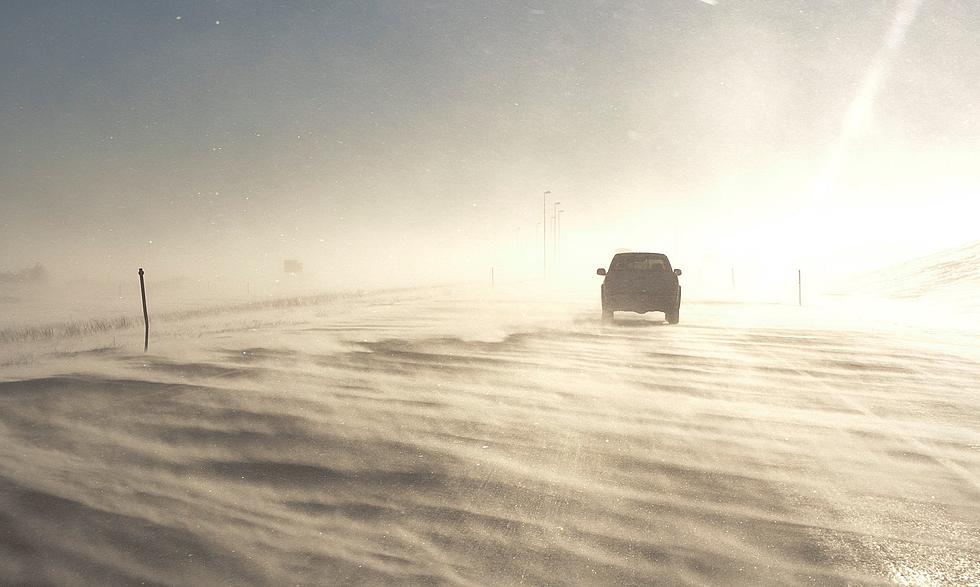
Gauging Wyoming Wind Speed By Toilet Bowl Waves
If you live in Wyoming you've noticed it.
On a windy day, the toilet bowl water begins to SLOSH!
Have you ever stopped and wondered if you could tell the wind speed by how much the water was sloshing?
WELL, NOW YOU CAN - WITH THIS HANDY GUIDE!
Just go sand over your toilet bowl and watch the sloshing.
YOU DO NOT have to get down as low as the lady in the cover photo. That's kind of gross.
Maybe get a marker to mark the height of the sloshes to see what wave matches with what wind speed or gust.
This is science that we are doing here.
Why Does the Water Slosh to Begin With? ]
Toilet bowls are connected to sewer pipes, and there is air in the pipe between a toilet bowl and the air vent. Wind gusts cause the air pressure in the sewer pipes to fall, causing the bowls' water to be drawn downward somewhat. Pressure returns and up it comes again.
Now That We Know How it Works, Let's Look at Our Wind Gauge.
NO NO, you don't need to get that close! You can stand up and see this.
Light sloshing back and forth: 10 TO 15 MPH.
Rocking up the tide line? By tide line we mean the line the water usually settles at when the bowl is full (It's usually marked by a GROSS stain). If the water is topping that, 15 to 20 MPH.
Waves in the bowl: Strong gusts up to 40 MPH.
If you see whitecaps or your bottom gets a wet splash while you are sitting there then there are probably sustained winds of 40 MPH and gusting much higher than that.
At this point, I-80 is closed to high-profile vehicles.
WATER OUT OF THE BOWL? Katie-bar-the-door force winds.
Here's What Wyomingites REALLY Think About The Wind
The White Wolf Saloon, Douglas Wyoming
More From Wake Up Wyoming









